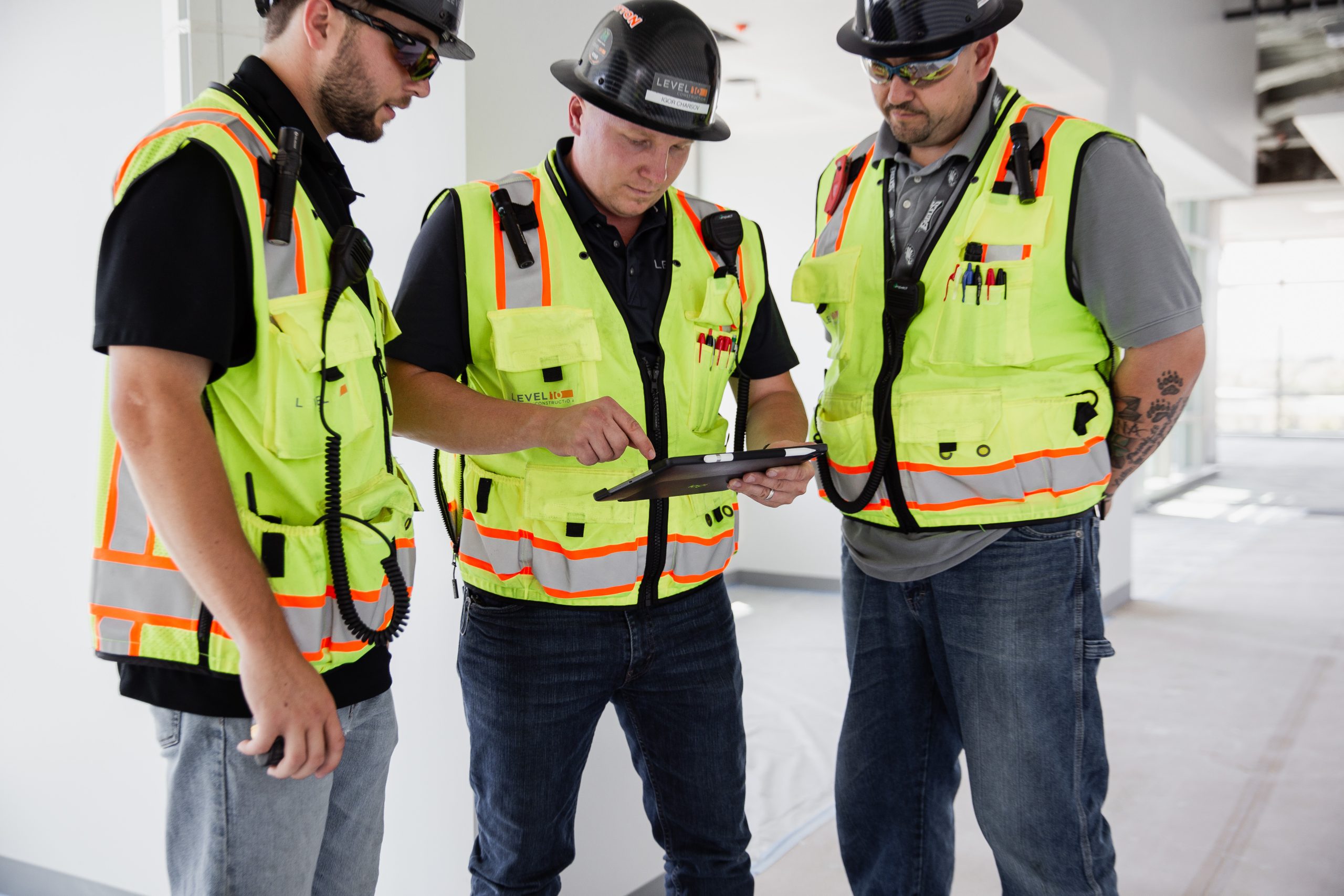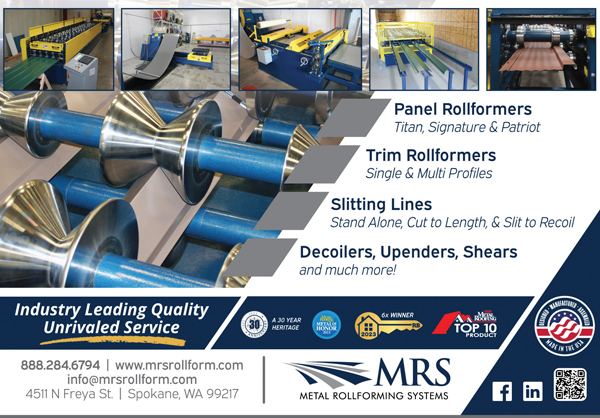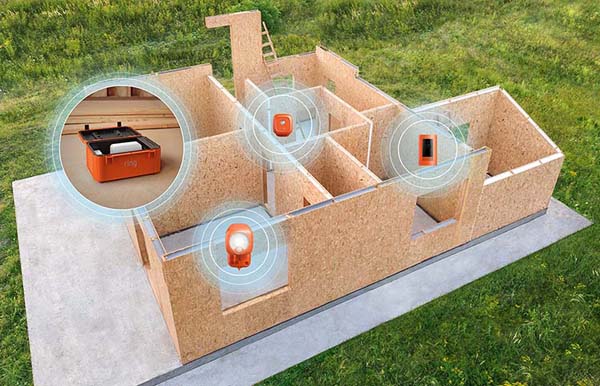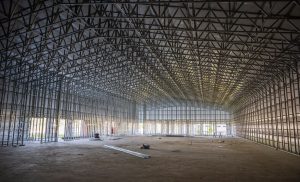by Linda Schmid
A lot of talk has centered around the various generations, and how they approach life and work. The idea is that their early experiences have a strong impact on their ideas and expectations about work. But what does this mean in a practical way when your business depends on these groups working together? First, the generations are defined as:
• Traditionalists (77-99)
• Baby Boomers (59-76)
• Gen X (42-58)
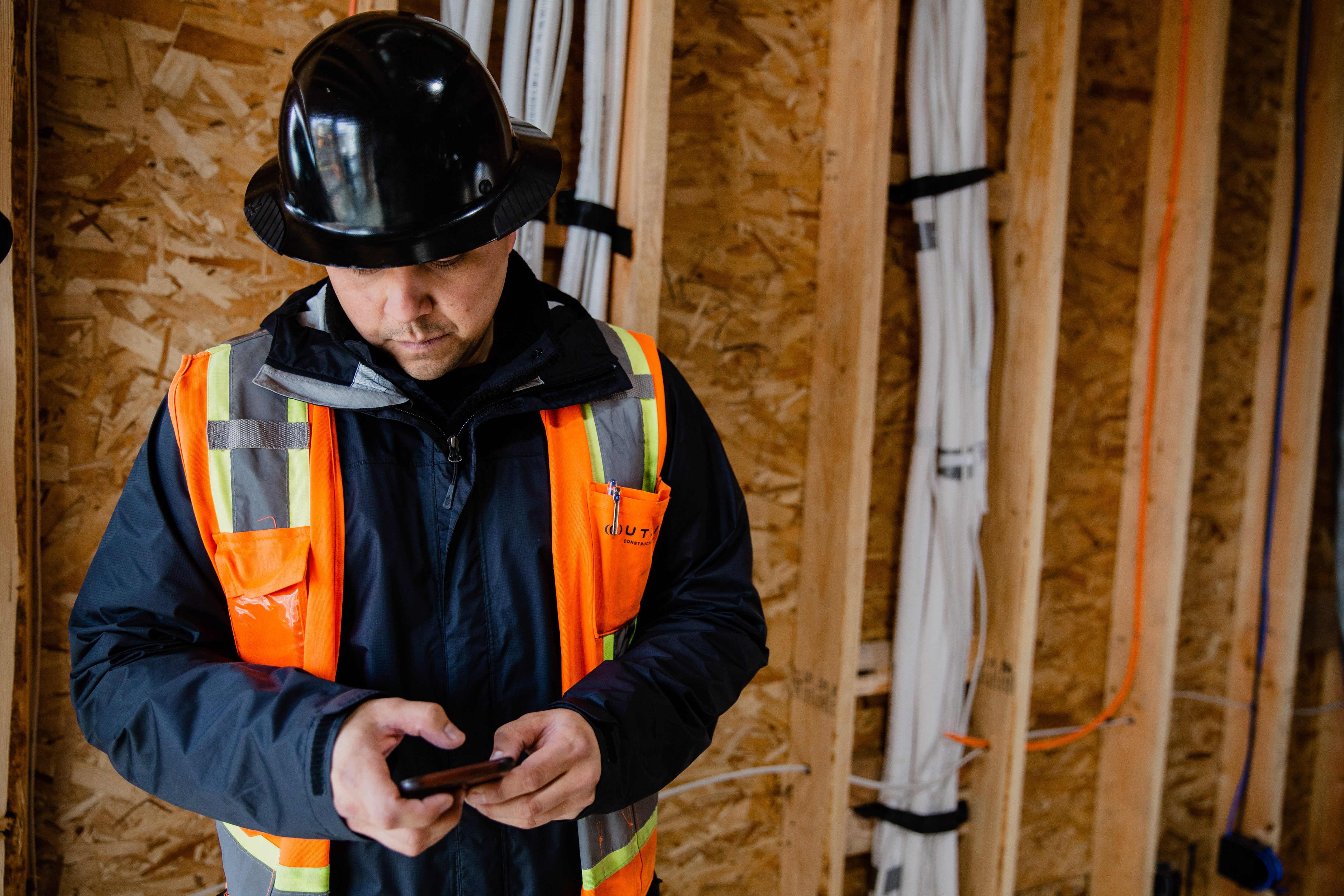
• Millennials (27-41)
• Generation Z (12-26)
Age breaks are approximate, but these are only generalizations so the exact is irrelevant. What is obvious about the generations is that there are some very real differences that impact your business, according to Brian Poage, Senior Construction Manager at Raken. However, with a little insight and planning, you can make the most of these differences. This is important in the current situation where employees are hard to come by.
The Generations and Work Expectations
Baby Boomers dominated the working world for many years, and many remain in the workforce. As kids of the generation that survived the Great Depression and World War II, they are known for their strong work ethic.
This group knows the construction business. They know the logistics of the industry, best practices, logistics, and interpersonal communication. They have had decades to create relationships with business owners, design teams, sub-contractors, and suppliers. Their knowledge and relationships are worth their weight in gold, but as the Boomers retire, much of this expertise is lost.
The succeeding generation is the Gen Xers who are now heavily involved in business leadership. This group’s biggest difference from the Baby Boomers in the workplace is their level of understanding and adaptability to technology. That said, not all Gen Xers are on board with the latest gadget. Many of these workers have been in the construction industry for decades and they were trained and mentored by the older generations: Baby Boomers and Traditionalists. Overall, construction is one of the industries that is most hesitant to adopt new technology.
Now add the Millennials to this mix. Millennials have often been misunderstood by older generations. They want to work, but they expect more from their work than previous generations. They want to feel like they are part of something bigger, that their work is important and has a beneficial impact in society and on the planet. Further, they want to feel valued by their employers, and they want an enjoyable work experience with out-of-work activities and more vacation time.

Finally, you have Generation Z coming into the work force. This group not only embraces technology — they find it essential. They have grown up with smartphones and laptops, so dealing with paper is unrelatable to them. With all of the focus on technology, this group is not excited about going into the trades.
Communication Style and Leadership
A difference that is noticeable between the older and younger groups is in communication. Poage says that Traditionalists and Baby Boomers tend to be very direct. Younger groups can be less direct and less abrupt. Both forms of communication have advantages and disadvantages. For example, when the Baby Boomer boss, call him Roger, told the group exactly who was going to do what, there was little room for confusion. Bob, who is a Millennial, might say that such and such needs to be done, but it is then up to the group to decide who should do what and things can be missed.
In the end, younger workers may find the communications of older generations abrasive, while the meaning of the communications of younger people may be lost in the effort to foster a friendly and inclusive atmosphere.
Making the Differences Work For You
With the labor market as it stands, businesses can’t afford to ignore these differences; they need to collaborate with workers to make the job work for individuals as well as the business as a whole. You want to engage every willing worker whether they are 80 or 18.
One way you can do this is through pairing older workers with younger workers so that precious knowledge is not lost. This is not new; older workers have always mentored younger workers, but nowadays the younger generations have more to contribute to the working relationship. Not only are they capable of doing the more physically demanding tasks while their teachers direct them, they can also train the older worker on any new technology or just handle that part of the job themselves.
Communication issues do not have one-size-fits-all solutions. That said, just understanding differences in communication styles is a first step toward resolving them. Pairing that understanding with empathy goes a long way toward resolution. One tip is that if a piece of communication is crucial, yet not simply factual, you may want to avoid email and speak in person, or if that is not feasible, speak on the phone rather than texting.
While overtime may be a reality of life for your company, you should know that while Baby Boomers expected it and Gen Xers have complied reluctantly, Millennials and Gen Zs are looking for work/life balance. To be competitive, you may want to offer generous vacation benefits, social activities, or even quality of life add-ons like gym memberships or paid time to commit to charitable causes.
Marketing to New Generations
One of the big problems with finding employees lies in recruitment of the younger generations. If a construction business wants younger Millennials and Gen Z people to consider working in the industry they need to make it enticing to that group, and one of the best ways to do that is to incorporate technology into the work.
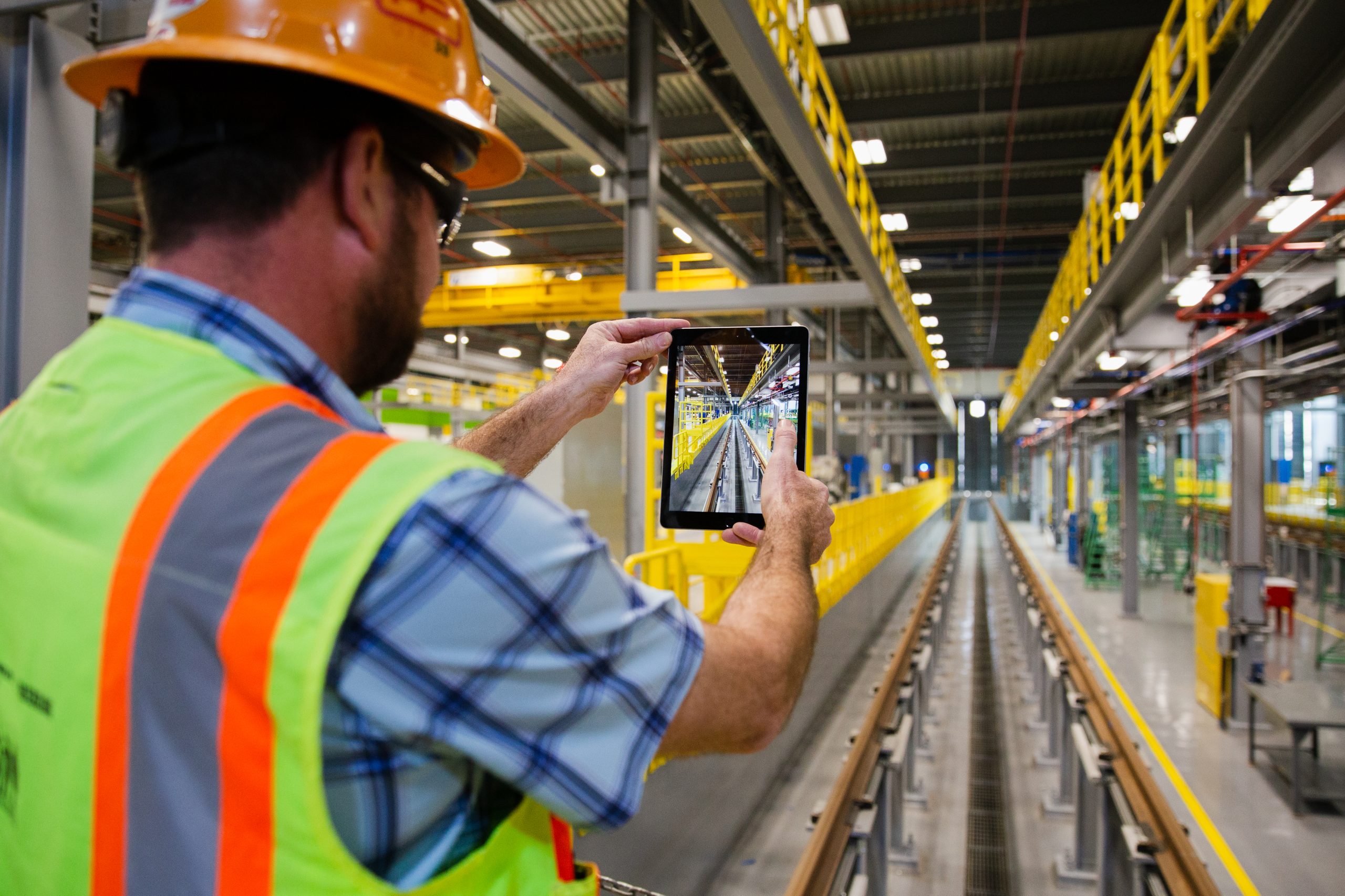
There are many opportunities to make use of technology; some are as simple as software that workers use to log their time and communicate during the build process. Other more “sexy” technology like drones used for roofing estimates, online building plans, 3-D design programs, and 360 cameras to document progress are all opportunities to inject some interest into the job for these technologically savvy individuals. You might be surprised to find that these new technologies not only hold the interest of younger workers, they may also increase efficiencies by eliminating doubt and miscommunications.
Poage suggests that you might take a page from military recruitment. The gist of their advertising is that working in the military is about more than self; it’s something bigger. It’s a mission. And of course, “it’s not just a job; it’s an adventure.”
Construction is also more than a job; it’s building the future, and the mission is to build it better. Green building is the way society is going; why not leverage it to your advantage? Show young people that they can do something good for society, the earth, and themselves. They can bypass the 4-year degree with its attendant price tag and get a good job at age 19. AND they can use technology while they are doing it.
How do you get this message out? The best way is probably to go where the young people are. You might check whether the local high school or technical college has a career day. Of course, you will find many of these potential workers on social media, too. RB


